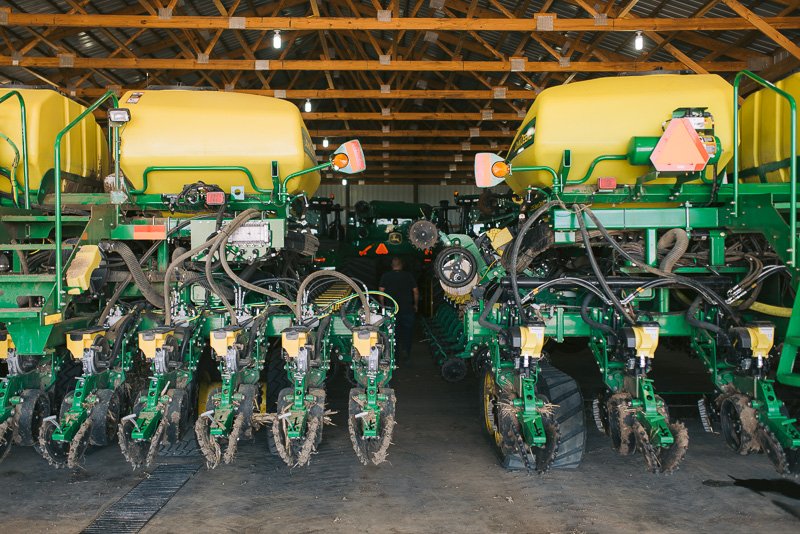Precision Agriculture: How the Industry Helps Farmers
Precision agriculture is an ever-changing industry that is helping our farmers to be as efficient and profitable as possible. We learned more about the current trends in the industry from South Dakota farmer, Josh Kayser.
What is precision agriculture?
Precision agriculture, otherwise known as precision ag or precision farming, can be thought of as any technology that makes farming more accurate and controlled.
“I would define precision agriculture as using the latest and greatest technology available to safely apply fertilizers, plant seeds, and apply chemicals.”
How does precision ag help farmers?
Precision agriculture helps farmers be more efficient in many different ways like properly using seed and fertilizer and chemicals where they’re needed and not overapplying in certain areas that aren’t going to benefit from it.
“The efficiencies could play into maybe raising more bushels in some cases, but also saving money in other cases. Overall, we feel it’s a way for farmers to help their profitability.”
What current technologies are being used?
The most commonly utilized precision ag is yield mapping from the combine. This involves getting geospatial reference data points (GPS coordinates) in the field on yield and moisture, Josh said. Learning more in that area fuels productivity out on the field.
Variable-rate seed technology (VRT) is another common practice of precision agriculture. It allows farmers to control how many seeds they apply in a certain location. This gives farmers more control over areas they know are more productive than other areas.
“Think about those areas of the field that are maybe less productive. You can then put fewer seeds per acre out there and just try to properly apply our nutrients in our seeds.”
What are the upcoming trends in precision agriculture?
Josh foresees bigger trends coming are more applications around drones. Using a drone will allow farmers to fly over and check their fields without having to physically go out and do it.
“Looking at some of the vegetative indexes with special cameras on drone technology or satellite technology to see the health of the plants out there and help decide what are the most productive parts of those fields,” Josh said.
This technology will allow farmers to cover more acres of land in less time and be able to make more accurate farming decisions as well.
Is precision agriculture sustainable?
By allowing farmers to see exactly where they can cut back or best utilize their resources, precision agriculture aids in sustainability efforts. The more information technology provides, the better the decisions can be made on how to use limited resources.
“Obviously, we deal with limited resources and the land itself being a limited resource, and we want to take care of that land for future generations. It just makes sure that we’re using no more than we need to and making sure we’re good stewards of the land.”
Precision agriculture is constantly evolving and benefitting farmers more and more. To learn more about precision agriculture in South Dakota, read more here.





